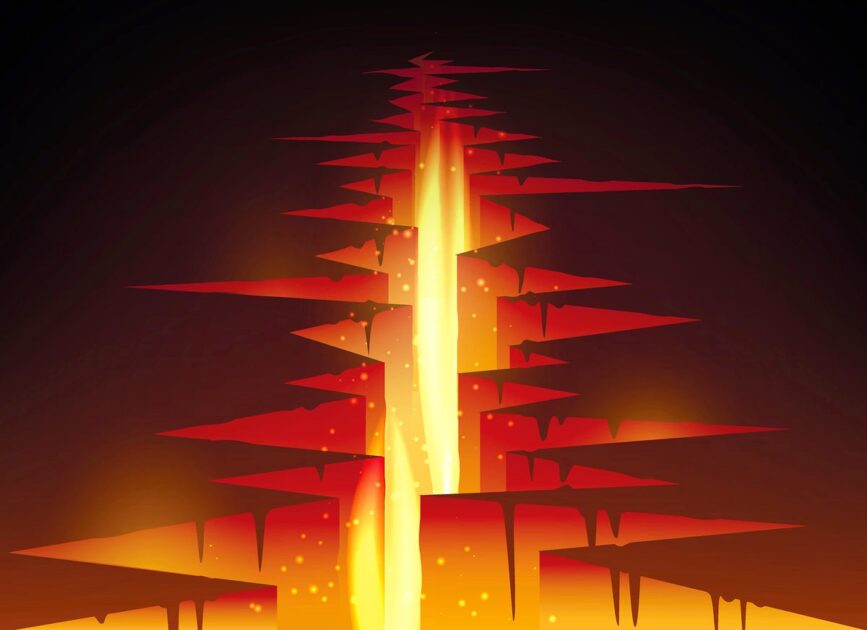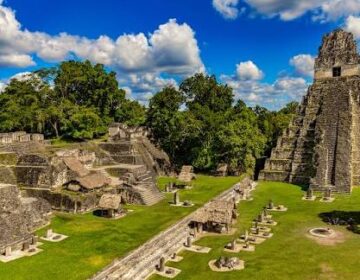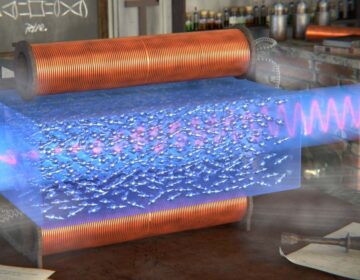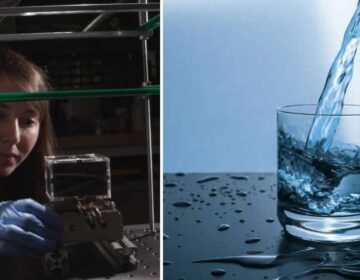Most earthquake energy turns into heat rather than ground shaking, sometimes hot enough to melt rock in microseconds.
Measuring Earthquake Energy in the Lab
When an earthquake strikes, the violent shaking that people feel represents only a small part of the total energy released. Quakes also unleash bursts of heat and trigger cascading fractures in the rock deep underground. Determining exactly how much energy goes into each of these processes is extremely challenging to measure in the real world.
To tackle this, MIT geologists studied “lab quakes,” small-scale versions of natural earthquakes that can be carefully set off under controlled laboratory conditions. For the first time, they were able to calculate the full energy budget of these events, identifying how much is devoted to heat, shaking, and rock fracturing.
Heat Dominates the Energy Budget
The researchers discovered that just 10 percent of a lab quake’s energy produces actual shaking, while less than 1 percent is used to break apart rock and create new surfaces. The vast majority, averaging around 80 percent, is converted into heat near the epicenter. In some cases, the heat rise was so extreme that it briefly melted the surrounding material, turning it into liquid before cooling again.
They also showed that this balance of energy is not fixed but depends on a region’s deformation history, or the extent to which its rocks have been altered by past tectonic movement. That history influences how much of the quake’s energy goes into heat, motion, or fracturing.







